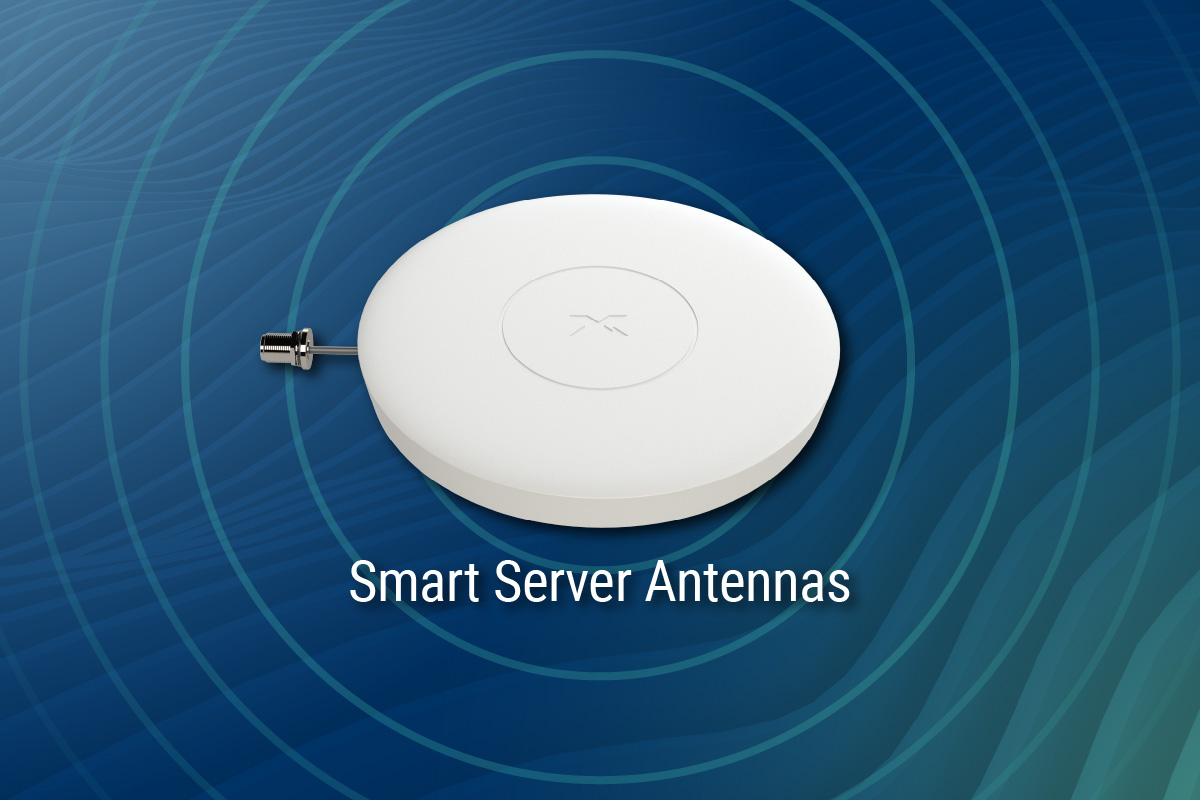Words provided by Frequency Telecom, editorially reviewed by National Health Executive
The universal problem of poor mobile signal has far reaching implications for individuals and organisations across the UK. But, for an institution like the NHS, it could have dire consequences.
In April 2020, the NHS entered a digital transformation era as it aims to harness the power of information technology to improve health and social care services. NHS trusts are adopting a ‘mobile first’ strategy, providing smartphones and tablets to medical practitioners to be able to access and respond to patient information more quickly and easily.
Digital connectivity in hospitals and healthcare practices is paramount to this strategy.
The NHS has embraced digital connectivity within hospitals that enable people to stay in touch at crucial times; whether that is a patient keeping in touch with their family, a nurse’s ability to view a patient’s case file on a device or enabling the quick transfer of information from doctor’s practice to specialist.
With the phasing out of DECT phones and pagers well underway, increasingly the healthcare service is becoming dependent on mobile devices to deliver in-hospital and staff communications. Mobile phones are key devices in A&E control rooms and good, reliable mobile phone coverage is regarded as critical infrastructure, needed to support A&E response teams.
A hindrance to good quality mobile signal in hospitals is often as a result of the building materials used during construction. Often, these materials significantly impact or completely block mobile signal penetrating through, leading to unreliable mobile signals inside. Similarly, the size of some hospital buildings further exasperates these issues.
Whilst the NHS has rolled out an extensive Wi-Fi solution in more than 95% of all practices and properties, it has failed to solve the problem of poor mobile reception. Wi-Fi calling, where adopted, has been widely criticised as unreliable, and dropped calls or poor call quality when using mobile devices can have a significant impact in a hospital environment.
Some NHS trusts with poor mobile reception have contacted the MNO’s to provide them with a solution but have found that the costs and timelines put forward to be a prohibiting factor to implement the alternative solutions.
Many NHS trusts have turned to CEL-FI and Frequency Telecom to provide them with an indoor mobile coverage solution. CEL-FI’s range of products are cost effective, legal and resolve the mobile signal issues within the timelines and to the scale required by customers.
CEL-FI is the only OFCOM licence exempt solution available for addressing poor mobile signal coverage in the UK and Ireland. The products are designed to improve mobile signal strength for 3G and 4G and provide an exceptional coverage footprint. CEL-FI products are mobile network approved and fully meets the regulatory requirements in the UK and Ireland.
For more information around the products and solutions they may be able to offer you, CEL-FI can be contacted on +44 (0)330 353 0197 or you can view their range of products here.
A version of this article was originally published by National Health Executive




